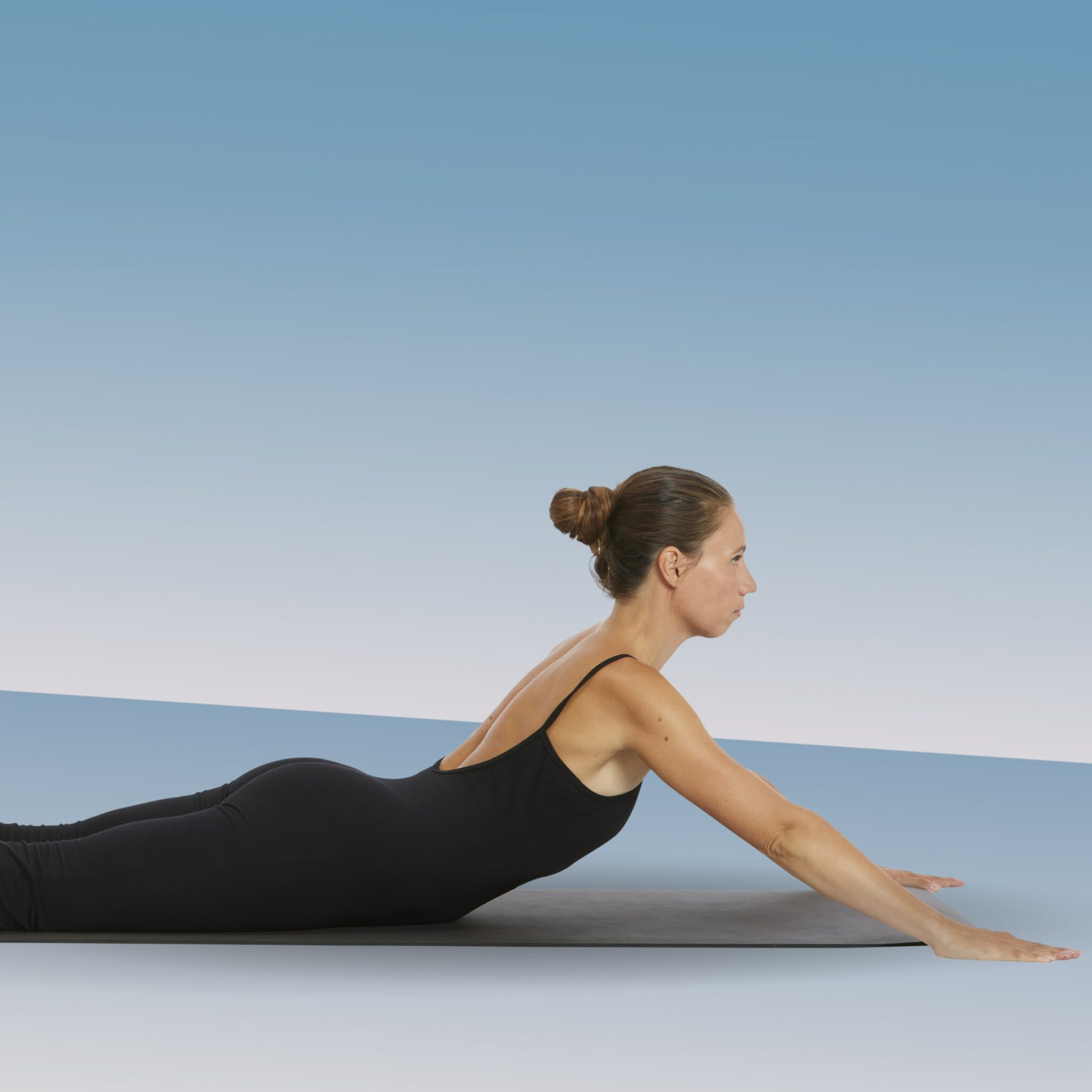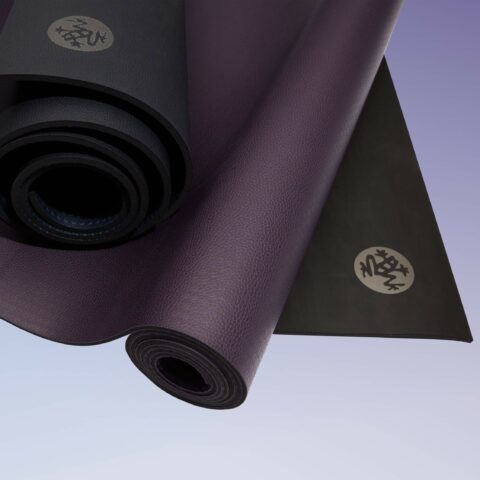Can Pilates be just as effective without the costly equipment? With the plethora of online resources, tutorials, and classes available, it can be as simple as laying down a mat in the comfort of your own living room. Together we’ll explore Pilates as a practice to better understand when exactly equipment might be necessary and how we can access a full-body Pilates workout with it.
Answering “Can you do Pilates without equipment?”
Key takeaways
Pilates can be effectively performed at home using your body weight as resistance.
Starting a home routine requires minimal preparation, just a comfortable space and a mat.
Online resources provide guidance for beginners to advanced practitioners without equipment.
Understanding Pilates
Joseph Pilates designed Mat Pilates to be a low-impact workout that can be adapted to a range of fitness levels and it doesn’t necessarily require specialized equipment to begin. Its versatile nature allows you to enjoy the full benefit of the workout with little more than a mat and a bit of floor space since the movements are all body weight exercises.
That isn’t to say that you can’t take advantage of Pilates props if you would like down the line. Props are usually integrated as a way to support certain moves or, in other cases, make them more challenging.
The movements focus on strengthening the core, enhancing flexibility, and fostering increased bodily awareness through controlled movements and proper alignment, which can all be achieved without the use of props.
Pilates Reformer and other Pilates class types
It’s important to note that there are other forms of Pilates and class types outside of Mat Pilates that do require a machine to practice, such as the resistance-focused Reformer Pilates or the more cardio-focused Bounce class. The Reformer machine, Cadillac, Barrel, and Pilates Chair, all introduced by Joseph Pilates, are examples of machines commonly found in Pilates studios.
If you’re interested in practices outside of Mat work like Reformer Pilates, it might be worth checking out Reformer Pilates studios or taking a private class with a Pilates instructor to explore these machines before deciding to add a Pilates Reformer to your home practice.
Core principles of Pilates
Pilates is built on core principles that ensure your practice is effective. These principles include:
Concentration: Focus on each movement to gain the most benefit.
Control: Every position is done with complete muscular control.
Centering: The center of your body, or ‘powerhouse,’ is the focal point.
Flow: Movements and transitions should be smooth and graceful.
Precision: Attention to detail ensures each exercise is performed correctly.
Breathing: Proper breathing is essential, helping you execute movements with maximum power and efficiency.
By adhering to these principles, you cultivate a stronger connection between your mind and body. Even more, all of these principles can be accomplished in your practice without the use of props.
Benefits of Pilates
Engaging in a regular practice offers numerous benefits:
Core Strength: Strengthening the abdominal muscles leads to better support and posture for your entire body.
Posture: Improved abdominal strength and muscle balance lend themselves to enhanced posture.
Balance: Pilates exercises promote better stability by enhancing coordination and alignment.
Flexibility: The stretching elements of Pilates increase flexibility and decrease the risk of injury.
Awareness: You’ll become more aware of your body’s movements, alignment, and how each part works together.
Even without Pilates equipment, you can perform Pilates effectively using your body weight to challenge and develop your strength and flexibility.
Building your home practice routine without equipment
Starting a home practice doesn’t require props, but it does need a dedicated approach to make the most of your workout routine. The focus here is on creating a conducive environment and finding the right Pilates routine and class for you.
As you progress, you might consider integrating small props such as weights or resistance bands to challenge your workouts further, but the foundation of Pilates is built on exercises that utilize your body’s resistance.
Here’s how to create an effective Mat Pilates plan that you can seamlessly incorporate into your lifestyle without props:
Finding space at home
Your practice area should be quiet, spacious enough for you to extend your limbs fully, and on a flat surface. Ideally, your space should accommodate a Pilates or yoga mat to cushion your body and support your Pilates moves. Ensure the area is free of clutter so that you have the space to practice the exercises safely.
Remain consistent with your practice
How often should you be practicing? Well, remember consistency is key in any workout routine. Aim to schedule regular weekly classes or practice sessions. This could be as simple as setting aside the same times each week, ensuring you maintain a Pilates routine and build consistency with your workouts.
Make the time – even 15 minutes is enough
Ensure your Pilates practice fits into your day by carving out dedicated time for it. You can achieve a lot with even a 15-minute session. Short, focused bursts of movement can still contribute to a comprehensive routine and can be easier to stick to on a busy day.
Practice with a professional instructor
Find a Pilates instructor who offers virtual classes or online content that is engaging and professional. Even without equipment, knowledgeable Pilates instructors can guide you through the movements, ensuring you are doing each exercise correctly, which is crucial for this whole body workout.
Try online Pilates classes for free
If you’re new to Pilates, online classes can be a great resource to get started. Platforms, like BAY STUDIOS+, offer a 7-day free trial of their services, allowing you to explore videos on the platform before investing. It’s an opportunity to find sessions that are beginner-friendly, match your learning style, and often don’t require Pilates equipment.
These trial periods usually grant unlimited access to a library of online pilates classes, ranging from fundamental to advanced levels. This means you can try different styles and routines within the comfort of your own home or from your hotel room as you travel, all on your schedule.
Below is a suggested plan to make the most of your free trial:
| Day | Activity |
|---|---|
| Day 1 to 3 | Focus on learning the basics with a beginner-friendly class. |
| Day 4 to 5 | Explore classes that challenge your core and balance. |
| Day 6 | Try a full-body workout to experience a comprehensive session. |
| Day 7 | Review your favorite classes from the week and repeat them. |
Using online resources like BAY STUDIOS+ is a flexible way to start your Pilates journey and discover how it can enhance your physical wellness.
Pilates exercises without equipment
The Hundred
Lie on the floor with knees bent in a tabletop and your arms resting at your side for the starting position. Lift your head and shoulders off the mat while reaching the arms forward. Pump your arms up and down while inhaling for five counts and exhaling for five counts. Repeat ten times to make a hundred. To advance this posture, hold both legs extended at 45 degrees instead of legs bent in tabletop.
Roll Up
Lie back on the floor with legs extended, feet flexed, and arms extended overhead. Inhale as you lift your arms, head, and shoulders off the mat. Exhale and engage your abs as you continue to roll up, reaching your arms towards your feet. Inhale at the top as you extend the spine, then exhale as you slowly roll the spine back down. Try to keep the legs and feet stable on the floor as you move the spine.
The Bridge
Get into the starting position by lying on the floor with knees bent and feet flat on the floor. The feet should be hip-width apart. Keep your arms at your side with palms facing down. Begin to press into the feet to lift the hips. Think of peeling the spine off the mat one vertebra at a time and reaching the knees forward until your knees, hips, and shoulders form a straight line. Hold your pelvis stable in the bridged position for a couple of seconds before easing the spine back down and setting the hips back in the starting position.
Leg Pull-Down
Find a plank position on hands and toes with arms and legs straight. Make sure shoulders are stacked in line with your hands. Engage your abdominal muscles and lift the left foot off the mat, keeping the leg straight and the left foot flexed. Lower the toes back down to the floor in a controlled movement. Repeat this with the right foot. If it’s difficult to keep both knees lifted, you can modify this movement by finding a kneeling position with one of the knees bent while the other leg lifts and lowers before switching sides.
Side Kick Series
Start by lying on your left side, with your body in a straight line, with legs stacked, and your head resting on your lower arm. The top arm can be resting or reaching up to the sky. Lift your right leg to hip height so that the hip, leg, and foot are aligned. Begin to move the right leg forward, then reach the same leg back as far as you can without moving your torso. Repeat this for several reps, then switch to the other side to work the opposite leg.
Remember, Pilates is about control and precision, so take your time with each position and focus on the little details that will help you to find engagement in your muscles.
Modifications and adaptations
In Pilates, you can customize exercises to match your experience level and work around any physical limitations. Adapting routines helps with injury prevention, supports joint health, and aids rehab efforts, making Pilates accessible to you regardless of your experience or mobility.
Adjusting for fitness levels
It’s essential to modify Pilates exercises to make them more or less challenging without the use of equipment. If you’re a beginner, start with basic movements and focus on maintaining proper form. As your strength and confidence grow, increase the intensity by:
Holding positions for longer periods.
Incorporating more repetitions.
Progressing to more advanced variations of each exercise.
Always listen to your body to ensure you’re getting a good workout without pushing yourself too hard.
Tailoring to physical limitations
If you’re managing an injury or have specific joint concerns, Pilates can be tailored to limit stress on affected areas while still allowing you to strengthen and improve flexibility. Adjustments can include:
Using household props like cushions or towels for added support.
Modifying the range of motion to avoid pain.
Focusing on low-impact exercises to protect sensitive joints.
Remember, it’s key to consult a professional instructor or a healthcare provider when adapting exercises to your physical limitations, to ensure safe and effective practice.
Frequently asked questions
What’s a good starting point for doing Pilates at home as a beginner?
A good starting point for Pilates at home is understanding the foundations of the practice: focus on core strength, controlled breathing, and precise movements. Begin with basic exercises to build your endurance and familiarity with Pilates techniques.
If you’re interested in starting a home practice, we created the ultimate guide to help you kickstart your journey.
Do I need to purchase any special gear to start Pilates, or can I use common household items?
You don’t need special gear to start Pilates. A yoga mat or thick towel can serve as a supportive surface. If an exercise calls for resistance or you would like to add weights to challenge yourself, objects like water bottles or books can substitute for weights.
You can even accomplish many Pilates Reformer movements with household items such as a towel or paper plates that help to mimic the sliding motion of a Reformer Pilates machine.
Can I expect to see fitness results from doing Pilates at home without props?
Yes, you will still be able to reap all of the benefits of Pilates that you hope for without props, as props don’t necessarily increase the effectiveness of every Pilates exercise. Many Pilates movements are challenging body weight exercises.
What are some tips for self-guiding my Pilates sessions when I’m practicing on my own?
Record yourself to monitor your form, practice in the mirror to watch your form in real time, or consider using online platforms with easy to follow video content like BAY STUDIOS+ to guide your practice.
How long should a beginner’s Pilates workout last, especially when doing it at home?
A beginner’s Pilates workout at home can last anywhere from 10 to 30 minutes. It’s crucial to focus on the quality of movement rather than the duration of the workout, gradually increasing time as your strength and endurance grow.
How often should a beginner practice Pilates at home to see progress?
For a beginner, practicing Pilates at home 2-3 times per week is sufficient to see progress. Consistency is key, so find a schedule that fits your lifestyle and stick to it, allowing your body time to adapt and strengthen.
If I want to add props, where should I start?
Start with simple props that are easy to find and use such as resistance bands, hand weights, or yoga blocks. As you advance in your practice, then you can begin to think about expanding your home gym with more Pilates specific props or machines like the Reformer.







